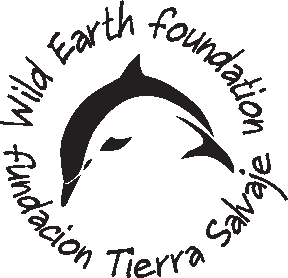
WEF.org
Seagulls Attacking Whales Off Argentina
Many years ago, kelp gulls (Larus dominicanus) off Valdes Peninsula acquired the habit of attacking southern right whales (Eubalaena australis) to eat their skin and blubber. The deep ulcerations on the whale's backs usually derive in infections.
From 1985 to 1990, the attacks increased five times their magnitude due to the increase in the population of kelp gulls that developed this new strategy for obtaining food and showed their easy adaptation to changes.
Gulls eat the skin and fat from the whales’ back when it is exposed among the waves. During the last ten years the proportion of hurt whales increased 30 times up to the point that almost all the cetaceans of this specie show ulcerations produced by gulls during the whales' reproductive season from July to December.
Entanglement of Southern Right Whales in Gulf Nuevo, Chubut, Argentina PDF
The first organized disentanglement response in Argentina took place in the bay of Puerto Piramides in September 2002 when a juvenile male Southern Right whale became tangled in the mooring of a large Whale Watching (WW) catamaran. Since then, the number of entangled whales has increased in the area, especially between 2009 and 2011. During that period of time, the Network has received 8 reports most of them from WW Captains, commercial divers and local fishermen. Of a total of 12 entangled whales reported in our area over the past decade, 9 of the cases (75%) were confirmed and documented and 3 animals (25%) could not be found. Of the 9 confirmed cases of entanglement, 6 whales (67%) were successfully released and 3 (33%) were not re-sighted in spite of the search efforts by the Coast Guards, Whale Watching operators and RFCC members. Of the documented entanglements 56% corresponded to moorings, and the remaining 44% to marine debris (rope) and fishing gear.
These reports can be cited mentioning the authors
Documents Download

Skin Disease in Southern Right whales PDF
Adults and calves of Southern Right Whale (Eubalaena australis) show different type of lesions on their skin, including large injuries produced by kelp gull’s attacks (Larus dominicanus), and other non specific wounds of unknown origin. Kelp gulls usually aggravate the lesions by taking pieces of skin and bubbler, increasing the size of the injuries. Lesions of unknown origin are observed in adults and juveniles, while in calves the skin appears abnormally scattered and wrinkly but without the patterns observed in adults. We classified non-specific lesions by gross examination, that can appear in the same whale at the same time. Lesions were categorized as: stippled pattern; pox-like pattern; ulcerative pattern; regular depression pattern, and rounded elevation pattern. Some of the gulls peck wounds have the aspect of a volcanic-lesion, with epithelial hyperplasia and large inflammation, possibly caused by the presence of opportunistic bacterial infection. We are studying the origin of these lesions by taking samples of dead and live animals, in order to analyze the epidemiology of this type of disease.



